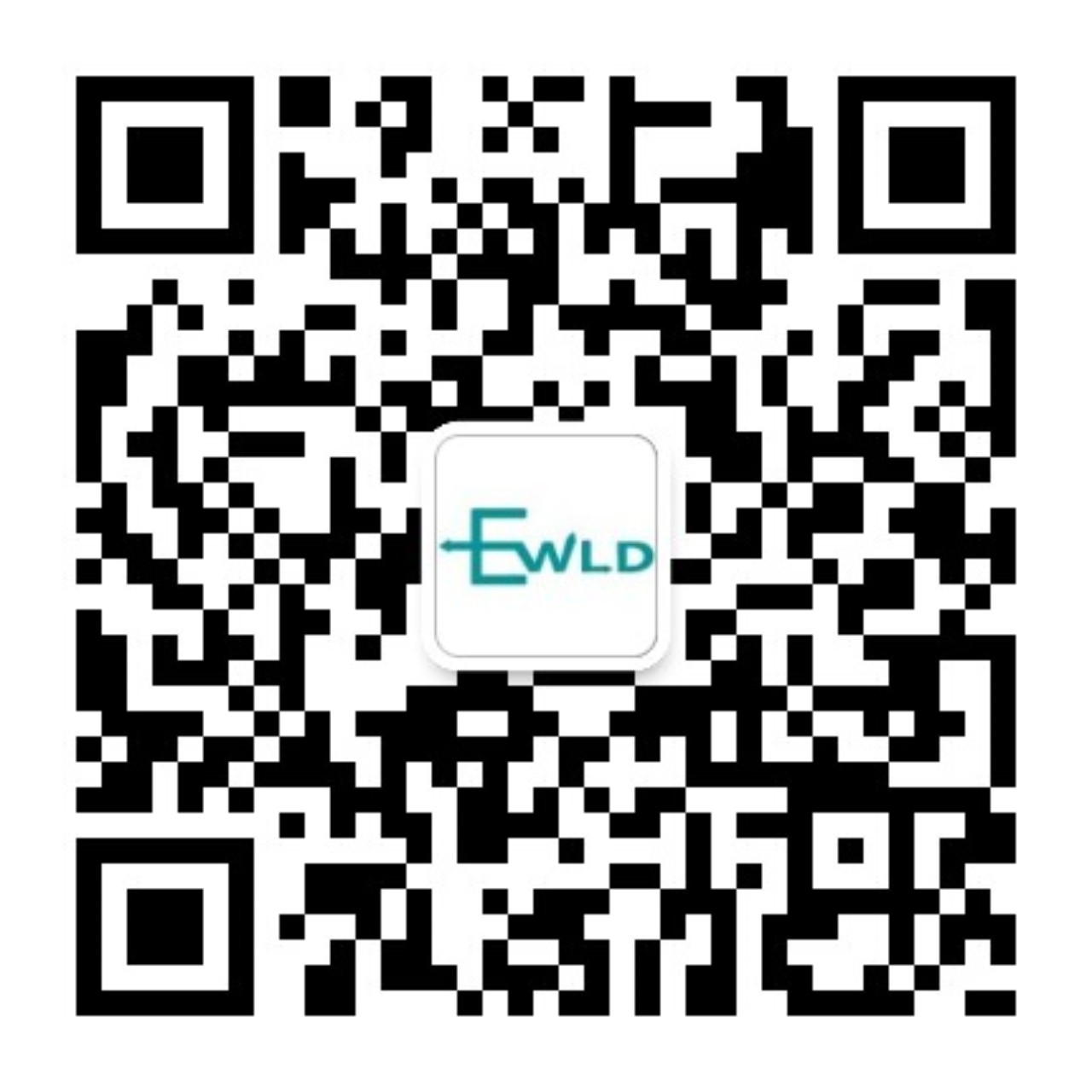Principle and Application of High Power Bidirectional DC-DC Converter
1. Introduction
With the development of power electronics technology, high-power bidirectional DC-DC converters have been widely used in fields such as power transmission, industrial control, and traffic signals. High power bidirectional DC-DC converters have the advantages of high efficiency, high power density, and low noise, making them a research hotspot in the field of power electronics. This article will provide a detailed introduction to the basic principles, design methods, control strategies, reliability analysis, and application scenarios of high-power bidirectional DC-DC converters.
2. Basic principle of DC-DC converter
DC-DC converter is a power electronic device that converts DC voltage from one level to another. It consists of one or more switches and magnetic components, which achieve voltage conversion by controlling the on-off of the switches. The basic principle of a DC-DC converter is based on the mutual conversion relationship between the voltage and current of the inductor, and voltage regulation is achieved by changing the effective value of the inductor's current.
3. Design of high-power bidirectional DC-DC converter
The design of high-power bidirectional DC-DC converters requires consideration of circuit topology, device selection, magnetic component design, thermal design, and other aspects. Common circuit topologies include Buck Boost ? Uk, Flyback, etc. In terms of device selection, it is necessary to choose devices with high power density, high efficiency, and low cost. The design of magnetic components needs to consider aspects such as magnetic materials, coil design, and magnetic core selection to ensure the performance and reliability of the converter. Thermal design is the key to ensuring the long-term stable operation of the converter, and it is necessary to allocate heat sources and heat dissipation devices reasonably to ensure that the working temperature of the device is within a safe range.
4. Control Strategy of DC-DC Converter
The control strategy of DC-DC converter includes closed-loop control, semi closed-loop control, and open-loop control. Closed loop control is achieved by comparing the feedback voltage with the set voltage and adjusting the on-off time of the switch to achieve precise voltage control. Half closed loop control only samples the output voltage, and then compares it with the set voltage to adjust the on-off time of the switch. Open loop control does not use a feedback circuit, and calculates the required duty cycle based on the power supply characteristics and circuit parameters, directly controlling the on-off of the switch. The design of a control system needs to consider factors such as system stability, anti-interference ability, and dynamic response speed.
5. Reliability Analysis of DC-DC Converters
The reliability analysis of DC-DC converters includes failure modes, fault types, probability of occurrence, and influencing factors. Common failure modes include short circuit, open circuit, overheating, etc. The types of faults include power short circuit, high or low output voltage, etc. The probability of occurrence is influenced by factors such as environmental factors, device aging, mechanical stress, and circuit design. Reliability analysis needs to comprehensively consider these factors, evaluate the reliability and stability of the converter, and take corresponding measures to improve the reliability of the converter.
6. Application of DC-DC converter
DC-DC converters are widely used in fields such as power transmission, industrial control, and traffic signals. In terms of power transmission, high-power bidirectional DC-DC converters can achieve the transmission and distribution of high-voltage direct current, improving the stability and efficiency of the power system. In terms of industrial control, DC-DC converters can provide stable power supply for various electronic devices, ensuring the accuracy and stability of industrial control. In terms of traffic signals, DC-DC converters can provide stable power supply for traffic lights, ensuring the safety and reliability of traffic signals.
7. Conclusion
High power bidirectional DC-DC converters play an important role in the field of power electronics. This article provides a detailed introduction to the basic principles, design methods, control strategies, reliability analysis, and application scenarios of DC-DC converters. Through research and application, the performance and reliability of DC-DC converters can be improved, making contributions to the development of power electronics technology.










